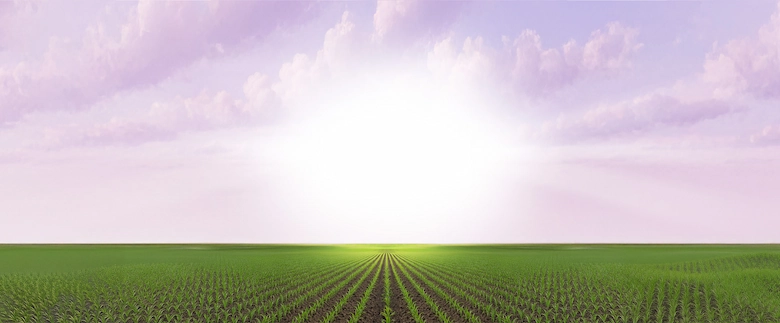

NGSS.3-5-ETS1, NGSS.MS-ETS1, CCSS.ELA-LITERACY.SL.9-10.4
Access to the internet, poster paper, colored markers/pens, glue, scissors
The United States Department of Agriculture (USDA) estimates that 40 million people live in neighborhoods without easy access to fresh, affordable, and nutritious food options. Accessing healthy food can mean multiple bus rides while carting groceries and children, or scrambling to find someone with a car who is willing to drive to the nearest market. This problem affects residents in both urban and rural parts of the US. It is estimated that 4.6 million people live in rural areas without access to a full-service grocery store. These areas are greatly in need of reliable transportation, in addition to the jobs and economic activity that grocery stores and healthy food retail can provide. Community food mapping involves finding out where people can buy, grow and eat food in a local area. The information might be displayed on a physical map, a computerized version or some other visual representation of the area.
Share the background information with the students, then share the puzzle to be solved. Determine constraints (e.g., time alotted, space, materials provided, etc.) and divide students into small groups.
Ask a series of questions to help students brainstorm solutions to the puzzle. Encourage students to list all ideas – don’t hold back! Before moving on, make sure each group selects a solution that fits within the contraints.
Students diagram the prototype, identify the materials needed to build the prototype, and write out the steps to take. Students describe the expected outcomes.
Students follow their design plan and build their prototypes. Monitor their progress and remind them about how much time they have.
Students evaluate their creation and compare it with the expected outcomes. Students seek areas of improvement and make changes where needed.
Students share their solution to the puzzle and communicate lessons learned.
Have students research a policy that could be changed or enacted to improve food access in their communities.